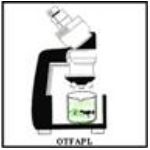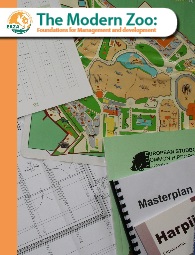AGLS 6502 Lecture 5.1 - Zoo Management
Most people have a very limited impression of Zoos. They usually remember it as the place where they went to as kids, they therefore believe that it is a place only for children to go. Today, however zoos are very complex situations and work environments.
Why is this so?
- The Nature and Type of Zoo Organizations
- Zoological Societies
- Privately funded
- Publicly Funded
- Mixed Funding
- Limited Liabilities or Corporations
- Private Individual's (s') Collections
- Wildlife or Animal Reserves
- Human Resource Management
- Physical Resource Management
- Animal and Exhibit Management
- Financial Management
5.1.2 Some Highlights On Species which are or maybe of Importance to Us in the Caribbean
- Iguanas
- Trinidad Piping Guan
- Cocrico
- Mountain Chickens
- Scarlet Ibis
- Manicou ( Virginia opossum)
- Agouti
- Spectacled Caiman
- Capybara
- Guinea Pig
- Duck sp.
- River prawns
An important successful example
- Cascadura
- Tilapia
5.1.3 Where Do We Go From Here?
- Proper documentation of the wildlife conservation and zoo initiatives in Trinidad and Tobago and the Caribbean.
- Production modeling of species with the potential for commercialization
- The need for improving the wild populations on the verge of extinction or critically endangered.
- Collectively work for the Emperor Valley Zoo (EVZ) to be fully accredited to the American Association of Zoological Parks and Aquariums (AZA), our institutions and the Private Sector Community should support the EVZ as best as we can to ensure this.
- Continue to deepen the use of the EVZ as a facility for teaching Zoology, Animal Production and Conservation and Veterinary Medicine.
- Encourage and motivate the staff at the EVZ to continuously seek opportunities at self and skills improvement to deepen and strengthen their activities and the services offered at the EVZ.



